Harvest Moon by Neil Young
Buy Harvest Moon It may be a bit controversial to name a decidedly “retro” album as the album of the year for any particular year. Many rock fans who reflect back on the […]

Buy Harvest Moon It may be a bit controversial to name a decidedly “retro” album as the album of the year for any particular year. Many rock fans who reflect back on the […]
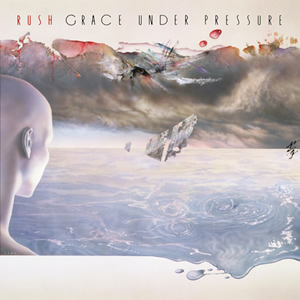
Buy Grace Under Pressure For their tenth studio album, Grace Under Pressure, Rush brought in producer Pete Henderson, after employing Terry Brown for eight consecutive studio albums, dating back to Fly By Night […]
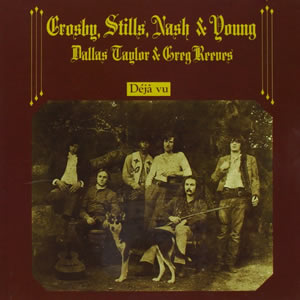
Buy Déjà Vu Déjà Vu is the sophomore effort by the super group with the expanded name of Crosby, Stills, Nash & Young, after the addition of Neil Young to the group. Each […]
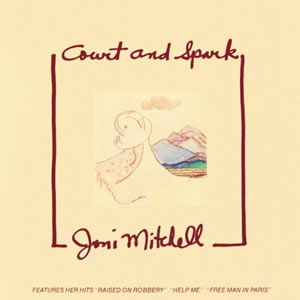
Buy Court and Spark Court and Spark is the sixth album by Joni Mitchell and the first where she moved towards pop and jazz elements to blend with her base folk compositions. The […]
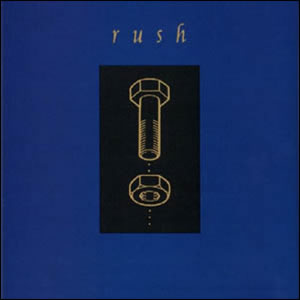
While there is a definite break from the pop-leaning, synth-fused sound that had defined the Rush sound since the mid-1980s, their evolution back towards rock was not quite complete on Counterparts. Some have […]
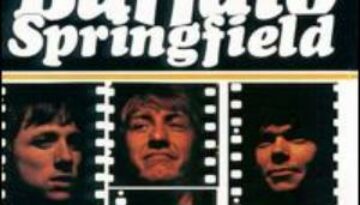
Buy Buffalo Springfield Buffalo Springfield was a very unique rock band. On the one hand, they were loaded with young talent who played together for a very short time in the late sixties […]
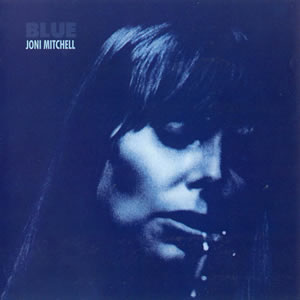
Buy Blue The fourth album by Joni Mitchell, the 1971 release Blue, saw the folk singer reach her highest critical acclaim. The album employs sparse musical arrangements leaning heavily towards the folk genre, […]
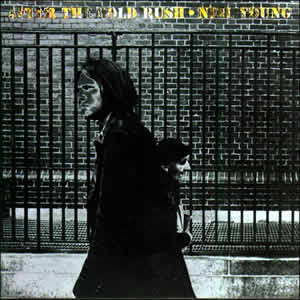
Buy After the Gold Rush For his third studio album, Neil Young embraced the Country/rock fusion style for which he would become best known. After the Gold Rush is a moderate to slow […]
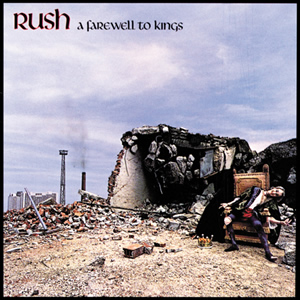
Buy A Farewell to Kings A Farewell To Kings is the fifth studio album by Rush. It follows 2112, the band’s initial commercial breakthrough in 1976 (check out our Review of 2112). With […]
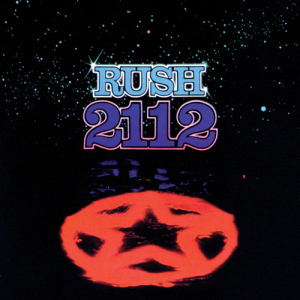
Buy 2112 Convinced that their run at fame was all but over, the members of Rush decided to go out “in a blaze of glory”. They were all very satisfied with the previous […]